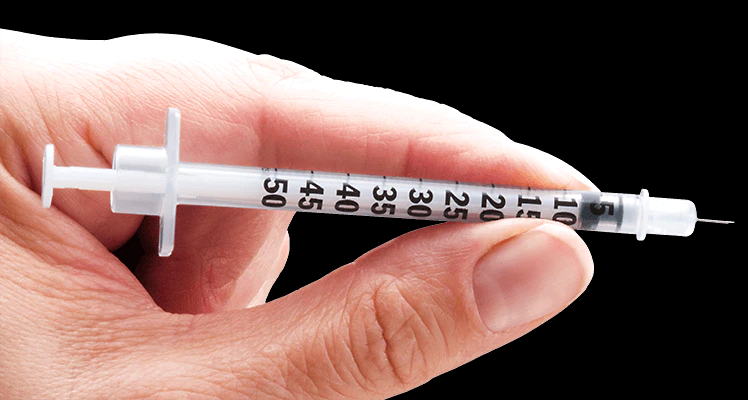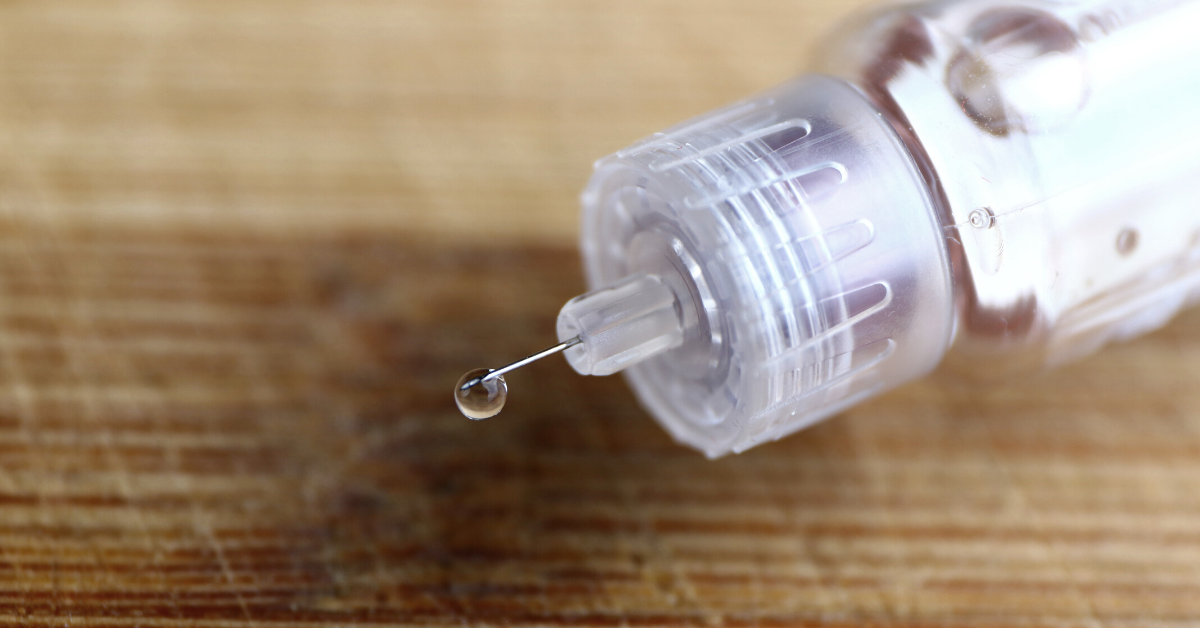Since insulin is a protein, it must be given as an injection, usually subcutaneously, but occasionally can be injected into a vein or muscle. Insulin can be delivered via a syringe, insulin pen or insulin pump depending on the preference of the person with diabetes. If a person were to take it by mouth as a tablet or capsule the body’s digestive enzymes produced in the stomach would dissolve the protein and it would not have any impact on blood glucose levels!
When starting insulin with type 1 diabetes, registration should occur on the NDSS for access to both needles and syringes
(https://www.ndss.com.au/about-the-ndss/registration/ ).
If an individual has type 2 diabetes and needs insulin (or exenatide), the classification of the NDSS becomes insulin requiring type 2 (or injectable medicine requiring) and again needles or syringes can be given immediately and a form for further supply can be filled out as appropriate.
https://www.ndss.com.au/wp-content/uploads/forms/form-syringe-pen-needle-access.pdf
Please note this form DOES NOT need to be signed by a health care professional to upgrade the person to injectable medicine (this includes insulin and Byetta at the time of writing). A copy of the prescription accompanying the form is sufficient to change the NDSS status.

Insulin syringes come as a 1ml (100 IU-international units), 0.5ml (50 IU) and 0.3 ml (30 IU). They are usually used when more than one insulin is mixed and injected at the same time (in the same syringe) often in children or when there is a third party giving the injection (a carer or nurse perhaps in a hospital setting). It should be noted however that only insulin that is 100IU per mL can be drawn into these syringes.
Which size syringe is chosen usually depends on how much insulin (volume) needs to be injected?
Syringes should only be used once.
Syringes should be discarded in a sharp container and disposed of appropriately.

- Each needle should only be used once.
- Pen needles should only be used once.
- Pen needles should be discarded in a sharp container and disposed of appropriately.
Ensure that each person using insulin (or injectable medicine) understands a new needle or syringe must be used each time.
